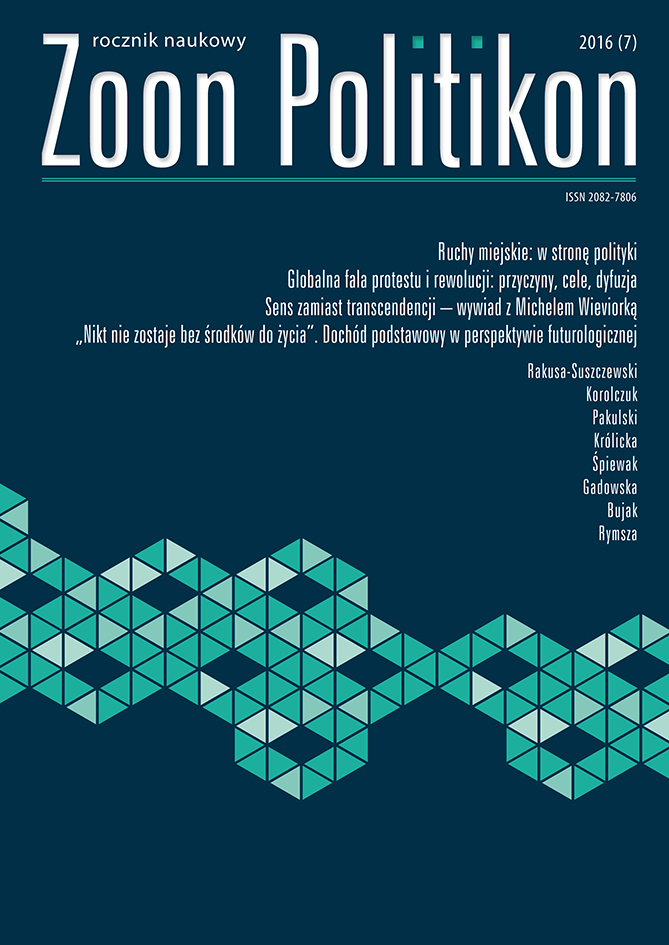1956 – rewolucja w pół drogi
1956 – halfway revolution
Author(s): Jan SkórzyńskiSubject(s): Recent History (1900 till today), Government/Political systems, Politics and society
Published by: Collegium Civitas
Keywords: Polish thaw; liberalization; desalinization; democratic movement; workers’ self-government; protest;
Summary/Abstract: Top-down liberalization of communist system in the whole soviet bloc took place after Joseph Stalin death. In Poland, the changes underwent under strong social pressure, which was reflected in the Poznan workers’ revolt in June 1956. The freedom movement consisted of workers and students, pro-freedom journalists, animators of the Young Intelligentsia Clubs, intellectuals. They wanted the government to stop the repressions and collectivisation, release of social life from party control, equal relations with the USSR, the Workers’ Council. Strong national and religious postulates were also present. Social support for the return to power of Władysław Gomułka was due to the hope of deep democratization. However, changes of 1956 stopped halfway, keeping core characteristics of mono centre political system.
Journal: Zoon Politikon
- Issue Year: 7/2016
- Issue No: 7
- Page Range: 369-395
- Page Count: 27
- Language: Polish

